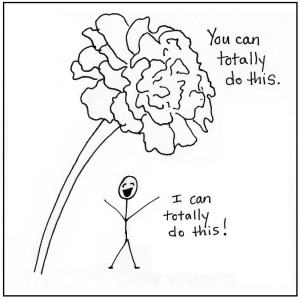
WHAT to teach...
Hudson's SMART Goal is focused on reading. At the elementary level, reading skills and strategies are aspects of just about everything we teach. When you think about your instructional goals for the year, it will be helpful to focus on reading, as it will be the district priority for professional development, Day 6 collaboration, and the development of your SLO. Houlton's SMART Goal Action Plan breaks down our reading work into three areas: achievement (grade level expectations), growth (for all students), and closing the gap (identified students who aren't reaching their expected growth).
HOW to teach it...
Our Educator Effectiveness Priority Standards are Instructional Delivery, Assessment, and Learning Environment. Most recently, we dug into Standard 3: Instructional Delivery. Think back on the conversations you had in your table groups, and reflect on some of the ideas you considered implementing. An area we are going to dig into as a school is engagement. What can you do to engage your students, in both whole and small group instruction?
SUPPORT for teaching...
As mentioned above, the district is supporting the SMART Goal and the Teacher/Specialist Priority Standards through staff development, district-wide collaborative lesson planning, and time set aside to dig into these areas. In addition, our Instructional Coach is here to offer support in instructional areas you are focusing on. Most recently, Lori introduced Student Centered Coaching, which puts the needs of the students front and center. Through this approach, coaching is focused on specific goals for student learning, and Lori can work with you on a plan that will have an impact on increased student achievement.
Seven Core Practices for Student-Centered Coaching
- Setting student learning goals for coaching cycles
- Creating learning targets for coaching cycles
- Using student evidence to co-plan instruction
- Organizing coaching through coaching cycles
- Co-teaching with a focus on effective teaching practice
- Measuring the impact of coaching on student and teacher learning
- Partnering with the school leader
Please let me know how your work can be supported.
There's a lot of pieces to put together,
and I'm here to help!
Have a great week!


